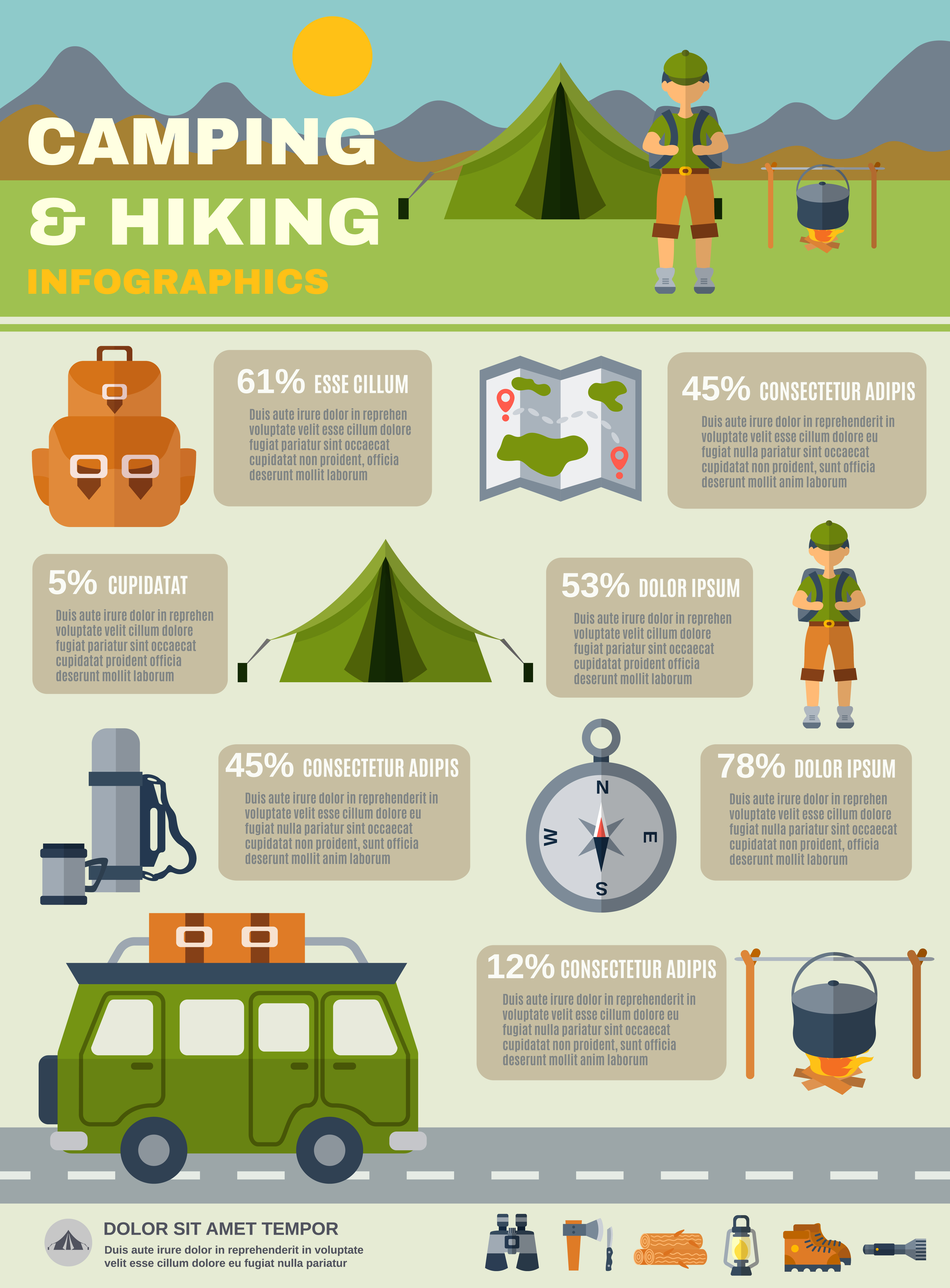Rain flies are a vital device for wall surface outdoors tents. They increase the ability of a camping tent to secure campers from severe climate condition while giving included comfort and resilience.
Routine cleansing of a rain fly maintains mud, mildew, and particles from damaging it. Additionally, guaranteeing the correct tension of a rainfly stops it from sagging and permitting water to collect below.
Weather Condition Resistant Materials
The product used in building projects can impact the long life and sturdiness of the project. Selecting weather-resistant materials helps in reducing maintenance prices and saves sources for future repair and substitute.
Wood may not be the initial material that enters your mind when discussing climate resistance, but it is extremely durable when appropriately treated with chemicals. Cedar, redwood, and teak are instances of naturally rot-resistant timbers made use of to make a range of exterior furniture and frameworks.
High-performance canvas wall surface tents are created to stand up to moisture and maintain campers comfy. It is important to clean canvas and outdoors tents regularly to eliminate dust, mud, and dirt. It is also important to rinse any residue from the canvas outdoor tents before storing it away for use. Stay clear of utilizing bleach, as it damages the water-resistance treatment and makes the outdoor tents much more susceptible to leak. Alternatively, a soft brush and a hose can be made use of to completely scrub the canvas tent and wash it off with water up until it is fully filled.
UV Exposure
Unless a camping tent is made from UV-resistant fabric, long term direct exposure to sunlight will certainly trigger it to deteriorate. This holds true of all materials, but it's specifically noticable for tents and canvas frameworks because of just how much they're utilized in outdoor settings. UV radiation can create dyes to break down, causing a loss of shade vibrancy.
A rainfly secures wall surface camping tents from these harmful UV rays by showing them before they can permeate the framework and reach your skin. It is essential to pick a rainfly with a UPF rating of 50 or greater to obtain optimum UV protection.
A rainfly likewise aids control the temperature inside a camping tent depending on the period. A lighter rainfly can maintain camping tents from soaking up excessive warmth in the summer season, while a much heavier rain fly can aid prevent warm from getting away the camping tent during chillier months. In either instance, these extra layers of insulation can considerably prolong a camping tent's life expectancy.
Wetness Damage
Canvas outdoors tents are fairly resilient and can last 15-30 years with thorough care, however also one of the most high-performance canvas is not unsusceptible rainstorms. A rainfall fly or fly sheet includes a layer of security for the roofing of your canvas camping tent and aids stop wetness damage.
Condensation, mold, and mildew are not only unsightly, but they can also destroy the architectural honesty of your canvas outdoor tents. Stopping these problems is not difficult, yet it needs careful treatment and interest to information.
Make it a behavior to inspect your tent in the morning and eliminate any type of all-natural condensation, dew, or snow that has actually collected externally. Later, make certain to spread your outdoor tents out in an open location and use a soft brush to scrub away any mold and mildew that has formed. When you have eliminated the affected locations, re-treat the camping tent with a mold awesome option and rinse it extensively to avoid any future problems.
Wetness Buildup
While normal, condensation can harm materials if left uncontrolled. Luckily, proactive strategies like cleaning surfaces and airing heavy-duty tent out outdoors tents reduce condensation' influence.
Camping tent fabric, environment conditions and use patterns contribute to condensation degrees. Sailcloth, for instance, stands up to water vapor evaporation and often tends to show beaded beads more readily than polyester or nylon choices. Understanding this distinction informs just how tent proprietors manage condensation.
Passenger's exhaled breath and damp clothing and tools spike moisture degrees. A lack of air flow techniques permits wetness to condense when cozy interior air satisfies cooler surface temperature levels. This cycle amplifies on damp evenings or when a camping tent is placed in low places. Inspecting and cleaning tent surfaces quickly after cooling urges moisture to distribute prior to damaging textiles or forming mold. Local airflow, such as guiding a follower toward seams, more aids the procedure. Recognizing the most at risk areas of a camping tent, like high ridges and edges, helps campers improve their dampness management routines.
